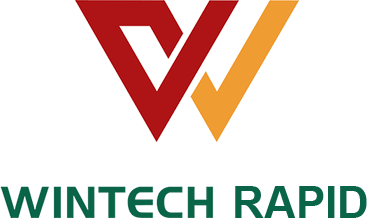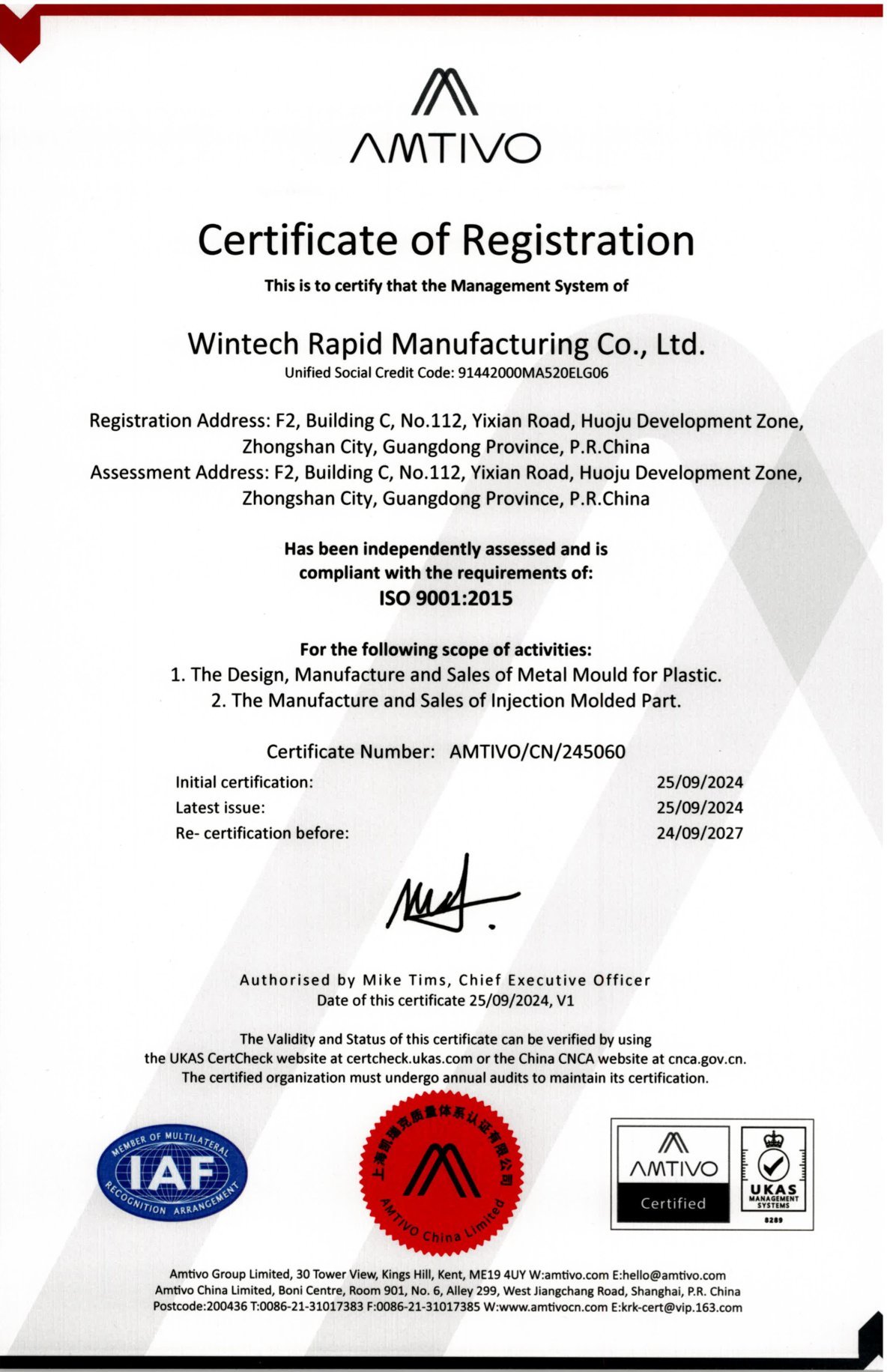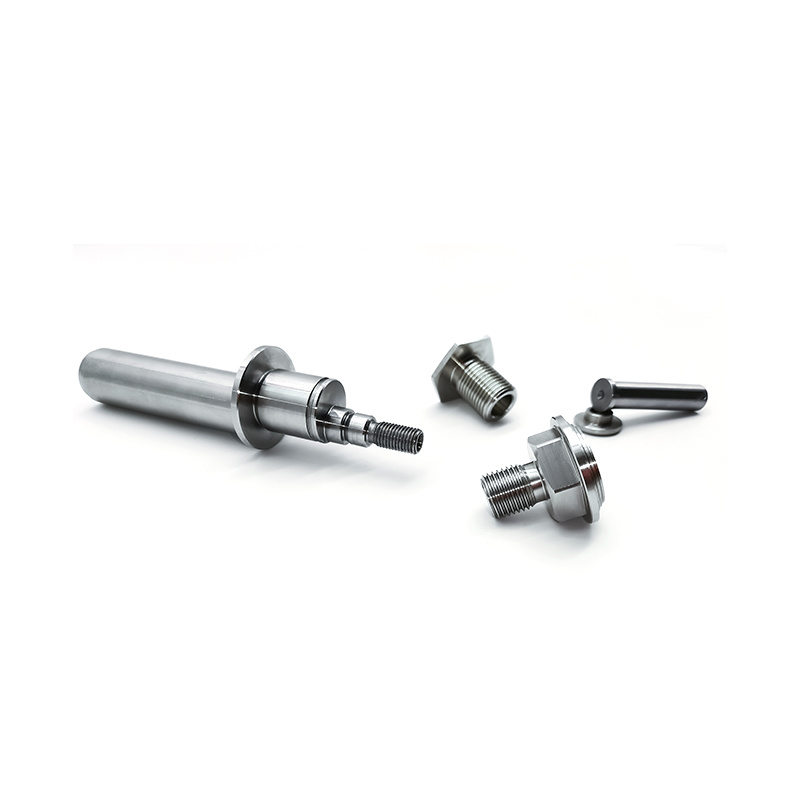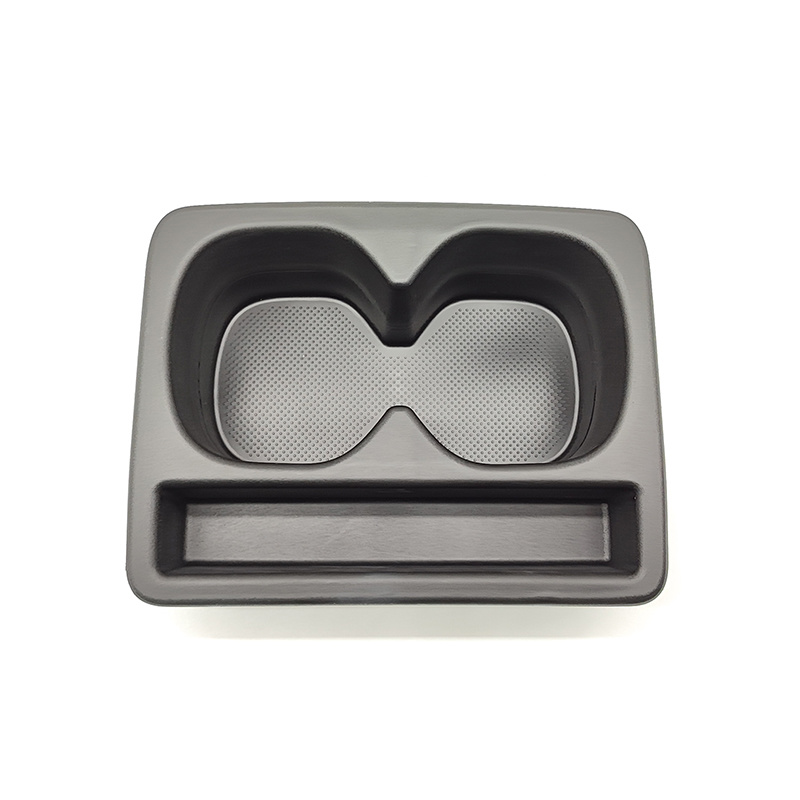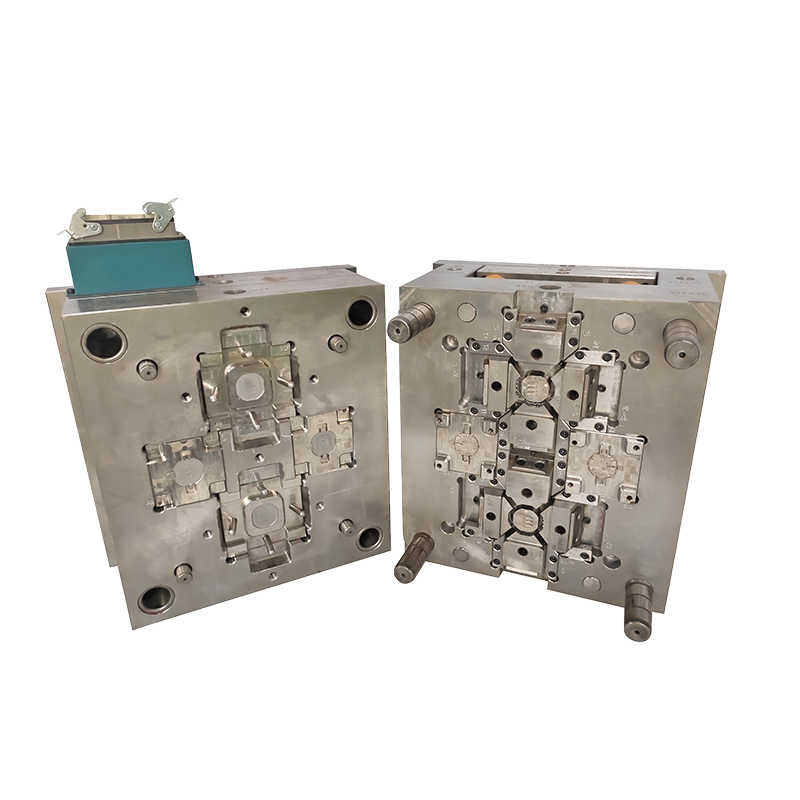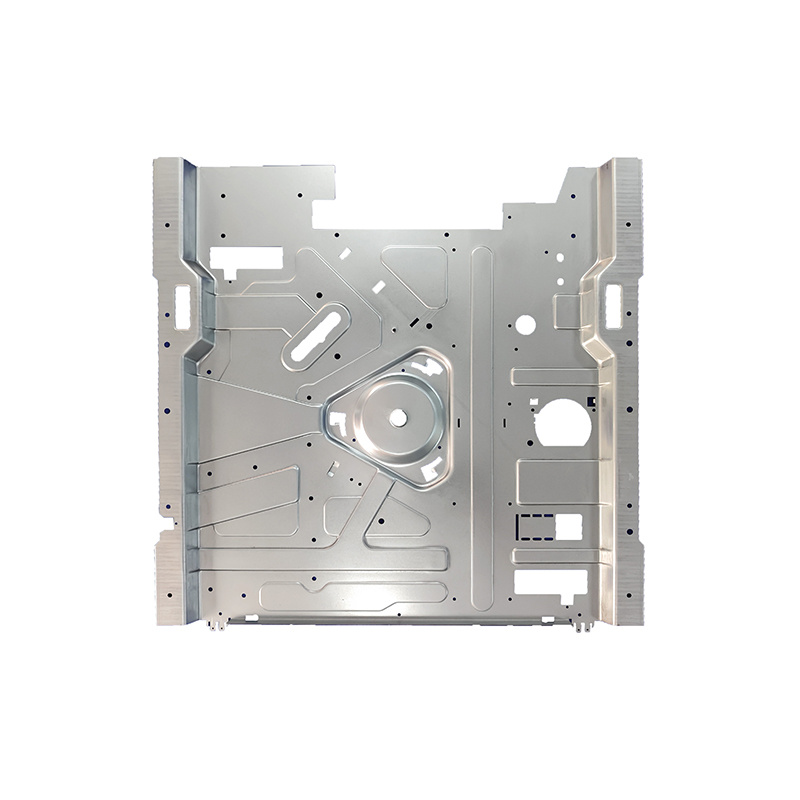How to Train Your Team for Successful Plastic Insert Molding
Time:
2025-05-08 09:20
Source:
How to Train Your Team for Successful Plastic Insert Molding
Table of Contents
- 1. Understanding Plastic Insert Molding
- 2. The Importance of Training Your Team
- 3. Key Concepts to Teach Your Team
- 4. Developing a Comprehensive Training Program
- 5. Hands-On Training Methods for Practical Learning
- 6. Measuring Training Effectiveness
- 7. Common Challenges in Training and How to Overcome Them
- 8. Creating a Culture of Continuous Improvement
- 9. Frequently Asked Questions
1. Understanding Plastic Insert Molding
Plastic insert molding is a sophisticated manufacturing process that combines two or more materials to create a single, finished product. This method typically involves inserting a metal part into the mold cavity before injecting the plastic material, ensuring a secure bond. Mastering this technique requires understanding the principles of mold design, material selection, and machine operation.
What Makes Plastic Insert Molding Unique?
The uniqueness of plastic insert molding lies in its ability to produce complex geometries with precision and efficiency. It enables manufacturers to create durable parts that integrate functionalities, reducing the need for additional assembly processes. To fully appreciate this method, team training must encompass the technology behind it, including the types of materials used, the machinery involved, and the intricacies of the molding process.
2. The Importance of Training Your Team
Investing in comprehensive training for your team is crucial for several reasons:
1. **Quality Assurance**: A well-trained team can produce higher-quality products with fewer defects, leading to greater customer satisfaction.
2. **Increased Efficiency**: Training equips employees with the skills to operate machinery efficiently, reducing downtime and waste.
3. **Enhanced Safety**: Proper training mitigates the risk of accidents and injuries in the workplace.
4. **Employee Retention**: Investing in training fosters loyalty and job satisfaction among employees, reducing turnover rates.
Recognizing the importance of training is the first step towards building a highly skilled workforce.
3. Key Concepts to Teach Your Team
When training your team for plastic insert molding, it is essential to cover several key concepts to ensure they have a solid foundation:
Understanding Materials
Teach your team about the different types of plastics and metals used in insert molding, including their properties, advantages, and limitations. Knowledge of material compatibility is vital for successful molding.
Mold Design Principles
Training should include an overview of mold design principles, such as draft angles, gate placement, and cooling systems. A thorough understanding of mold design helps in optimizing the molding process and achieving better results.
Machine Operation
Effective training must cover the operation of molding machines. Employees should learn how to set up, operate, and troubleshoot machines, including understanding the significance of parameters such as temperature, pressure, and cycle time.
Quality Control Measures
Incorporate quality control measures into the training program. Teach employees how to conduct inspections and tests to ensure that products meet established quality standards.
4. Developing a Comprehensive Training Program
To effectively train your team, you need a well-structured training program that includes:
Training Objectives
Define clear objectives for the training program. What skills and knowledge do you want your team to acquire? Make these objectives measurable to track progress.
Training Materials
Develop high-quality training materials, including manuals, presentations, and visual aids. Consider utilizing digital platforms for easy access to resources.
Training Schedule
Create a training schedule that allows for flexibility while ensuring that all team members can participate. Balance hands-on training with theoretical learning to reinforce concepts.
Trainers and Facilitators
Select experienced trainers who possess in-depth knowledge of plastic insert molding. Their expertise will enhance the training experience and provide valuable insights to your team.
5. Hands-On Training Methods for Practical Learning
Practical learning is essential in mastering plastic insert molding. Consider incorporating the following hands-on training methods into your program:
Workshops and Demonstrations
Conduct workshops and live demonstrations where team members can observe and practice the molding process in a controlled environment.
Job Rotation
Implement job rotation to expose employees to different roles within the manufacturing process. This broader understanding enhances teamwork and collaboration.
Simulation Training
Utilize simulation software to replicate the molding process and allow team members to practice without the risk of wasting materials or causing machine damage.
6. Measuring Training Effectiveness
To ensure your training program is successful, it is essential to measure its effectiveness through various methods:
Surveys and Feedback
Distribute surveys to gather feedback from participants on the training program. This input can help identify areas for improvement.
Performance Metrics
Establish key performance indicators (KPIs) to track the performance of your team post-training. Metrics such as production efficiency, defect rates, and safety incidents can provide insights into training effectiveness.
Continuous Assessment
Conduct regular assessments to evaluate knowledge retention and skills application. This ongoing feedback loop can help refine the training program over time.
7. Common Challenges in Training and How to Overcome Them
Training initiatives may encounter several challenges. Here are some common obstacles along with strategies to overcome them:
Resistance to Change
Employees may resist new methods and processes. To mitigate this, emphasize the benefits of training and involve team members in the development of the program.
Lack of Resources
Limited resources can hinder training efforts. Seek external partnerships or consider online training platforms that offer cost-effective solutions.
Time Constraints
Balancing training with production demands can be challenging. Consider implementing flexible training schedules that accommodate operational needs.
8. Creating a Culture of Continuous Improvement
To sustain the benefits of training, it is crucial to foster a culture of continuous improvement within your organization. This can be achieved by:
Encouraging Feedback and Suggestions
Create channels for employees to provide feedback and suggest improvements to processes. This involvement promotes ownership and engagement.
Recognizing and Rewarding Excellence
Acknowledge and reward employees who consistently demonstrate high performance and contribute to process improvements. This recognition can motivate others to follow suit.
Investing in Ongoing Training
Make ongoing training a priority to keep your team updated on the latest trends and technologies in plastic insert molding. Regular workshops and refresher courses can help maintain their skills.
9. Frequently Asked Questions
What is plastic insert molding?
Plastic insert molding is a manufacturing process that involves inserting a pre-formed component into a mold before injecting plastic material around it. This method creates a single part that integrates multiple functionalities.
Why is training important for teams involved in plastic insert molding?
Training ensures that employees have the necessary skills and knowledge to operate machinery safely and efficiently, produce high-quality products, and reduce the likelihood of defects.
What materials are commonly used in plastic insert molding?
Common materials include thermoplastics such as ABS, polypropylene, and polycarbonate, as well as various metals for the inserts, depending on the application.
How can I measure the effectiveness of my training program?
You can measure effectiveness by collecting participant feedback, tracking performance metrics such as production efficiency and defect rates, and conducting regular assessments.
What are some challenges in training for plastic insert molding?
Common challenges include resistance to change, lack of resources, and time constraints. Addressing these challenges requires careful planning and open communication with your team.
Conclusion
Training your team for successful plastic insert molding is an investment that pays dividends in quality, efficiency, and safety. By understanding the process, developing a robust training program, and fostering a culture of continuous improvement, you create a skilled workforce ready to tackle the complexities of modern manufacturing. With a comprehensive approach to training, your organization can excel in the competitive landscape of the plastics industry, ensuring long-term success and customer satisfaction.
plastic insert molding
Previous Page
Previous Page
Related news
2024-11-15

